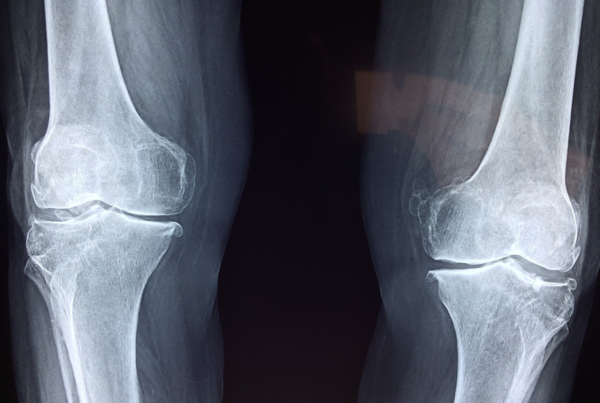 What is better: Shaken or Stirred? PC or Mac? Hot packs or Ice for an injury? Funnily enough the answer to all these questions is the same, but I’ll come back to that later.
What is better: Shaken or Stirred? PC or Mac? Hot packs or Ice for an injury? Funnily enough the answer to all these questions is the same, but I’ll come back to that later.
A lot of patients come into our clinic, particularly with spinal pain, and ask me what is better: hot or cold? This question, while simple, is difficult to answer given a lot of neurophysiology and immune processes going on after an injury. Confounding the issue are handy modern ice packs that can be heated in a microwave oven giving you both options in an easy-to-use design.
This is a massive topic, with lots of debate and rationale on both sides, so this week we’ll be discussing ice/cold packs (cryotherapy), its benefits, costs and rationale for its use in treatment. Next week, we’ll follow-up with a discussion about heat and how it compares as a modality.
Ice (…Ice Baby)
We’re taught from a fairly young age to throw a bag of ice (or a bag of peas) on a new injury (the RICE principle). The rationale behind this includes ice reducing the local bodily temperature, causing the slowing of swelling, whilst reducing blood flow via vessel contraction and slowing metabolism and hypoxic tissue death. The ice also “numbs” the pain somewhat, which makes things feel a whole lot better. Adding to this, there are studies that suggest ice may help reverse the inhibitory effect that swelling/inflammation has on muscle strength and control.
On the other hand, it is this swelling, blood vessel dilation, cell proliferation and inflammatory reaction that is an essential part of the initial healing response. Slowing this down is interfering with a normal bodily function, and may result in altered repair of injured tissue. At the same time, being stuck on the couch with an icepack is restrictive to normal function, increasing the impact the injury on one’s life and therefore possibly increasing the pain experience. All of these are perfectly valid arguments, which makes the prescription of ice a conundrum.
So when should one use ice/cold packs?Ice’s benefits definitely outweigh the costs in a number of settings:
– Acute muscle sprains or ligament/tendon strains where there is obvious bruising and/or swelling (effusion)
– After joint surgery (where recommended by the surgeon)
– Other inflammatory-based injuries where the tissue in question is close to the skin (e.g. Shin Splints, tendinitis)
I bring up that final point as it highlights ice’s greatest weakness. Ice can do very little to deep tissues, as the body is very good at regulating temperature. Flowing blood and muscles (which can generate a lot of heat) can compensate for the influence of ice, reducing the penetration of the cooling effect. This is why it works so well with joints such as knees and ankles, but not so much with deeper joints, such as in the spine.
On a final note, there are a number of instances where ice/cold packs are not recommended. Hypersensitive neural structures (nerves) are often quite sensitive to a drop in temperature and can produce a painful experience if ice is applied. Also, similar to its effects on nerves, ice can increase and produce extra muscle spasm, which can lead to increased stiffness and pain – obviously not a wanted outcome of therapy.
So there’s the case for ice. Next week I will present the other side of the story but in the meantime, if you have any experiences you want to share regarding Ice (or heat for that matter) or have any questions/clarifications, please leave a comment below. You can also ask one of our fine Bend + Mend Physiotherapists next time you’re in at one of our Sydney CBD clinics.
Stay cool.







